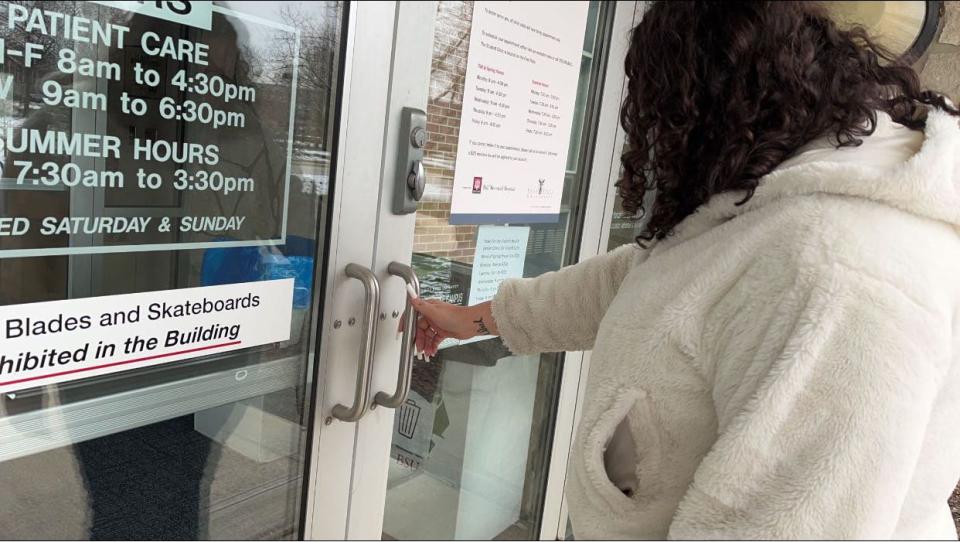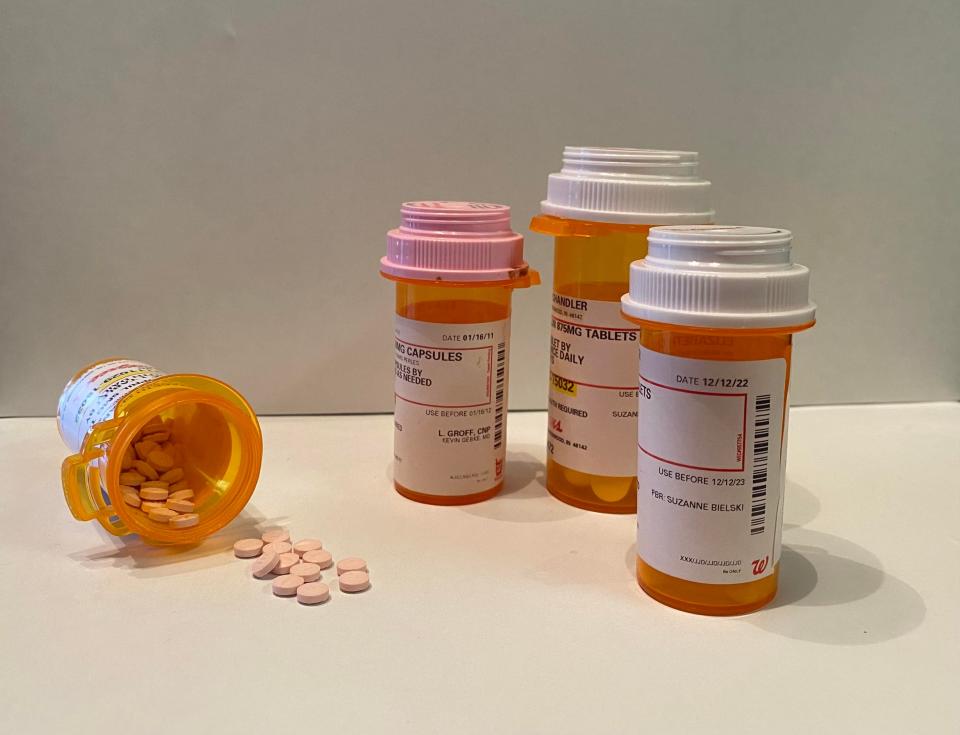A gap: Routine medical treatment and young adults
Editor's Note: The following is part of a class project originally initiated in the classroom of Ball State University professor Adam Kuban in fall 2021. Kuban continued the project this spring semester, challenging his students to find sustainability efforts in the Muncie area and pitch their ideas to Deanna Watson, editor of The Star Press, Journal & Courier and Pal-Item. This spring and summer, stories related to health care have been featured.
MUNCIE, Ind. – When Purdue University student Elliot Martin fell and injured his wrist while doing parkour, it was the first time he sought medical care since starting his college career over two years ago.
“When I was younger, I did the yearly checkups at the doctor,” Martin said, “but now I’m older, so those don’t really happen anymore.”

According to data from the Centers for Disease Control and Prevention (CDC), the percentage of those over the age of 18 having wellness visits decreased annually for three consecutive years between 2019 and 2021. When looking more specifically into Martin’s age group, young adults ages 18 to 34 were the group with the lowest percentages of going in for wellness visits overall, with less than 70% having a wellness visit in all three recorded years. With on-going public health funding debates at the Indiana Statehouse, those young adults, especially those uninsured and/or without primary care providers, may be affected.
Upon finding the Purdue University Student Health Center’s website and attempting to schedule an appointment for his wrist, Martin said the earliest available time for him to see a medical professional was March 7.
“(March 7) was like two weeks out,” he said. “In two weeks, it’s either going to be worse or it’s not going to be sprained anymore.”
After calling and making the staff aware of the issue, Martin said they recommended he walk in and wait in hopes to be seen. To his surprise, after around 30 minutes of sitting in the waiting room, Martin received X-rays and a brace before being sent off.
“For an urgent care type of place, that’s not that bad,” he said.
Young adults rely on urgent care
Urgent care is especially relevant for those in Martin’s age group. According to a study into dependence on emergency care among young adults, emergency department care accounts for 21.6% of all health care visits from the age range. Furthermore, a 2019 study from the National Center for Health Statistics found those ages 18 to 24 to have the highest rates of emergency department visits.
Deidre Dorman, M.D., a physician at the Ball State Student Health Center, said injuries like Martin’s are one of the main reasons students use campus health centers, and she underscored the importance of the resource.
“Students typically come to the health center to receive services from the main clinic for physical and mental health concerns,” Dorman said. “Having a health center on a college campus offers students easy access to be evaluated for acute illnesses and injuries which can disrupt their ability to attend classes.”
Martin said his visit to the student health center at Purdue was all covered by his parents' insurance. However, according to Dorman, students may be faced with out-of-pocket costs depending on what each student needs at the time of their visit.

According to a 2015 qualitative study on why people avoid medical care, more than half of respondents cited “traditional barriers to medical care” as the reason for avoiding it. Among these barriers were high cost and lack of insurance. For those uninsured students concerned about out-of-pocket payments, Dorman recommended Open Door Health Services as a primary care option and a resource for obtaining health insurance.
A 2019 study from the Kaiser Family Foundation found 45% of those ages 18 to 29 reported not having a primary care provider. Dorman advises all students in this situation to reach out to student health centers.
“Students can often return to their primary care provider for routine visits when they are on school breaks, but when this is not possible, our providers would speak with the student about their particular health concern and tailor recommendations for them,” she said.
This article originally appeared on Muncie Star Press: A gap: Routine medical treatment and young adults

